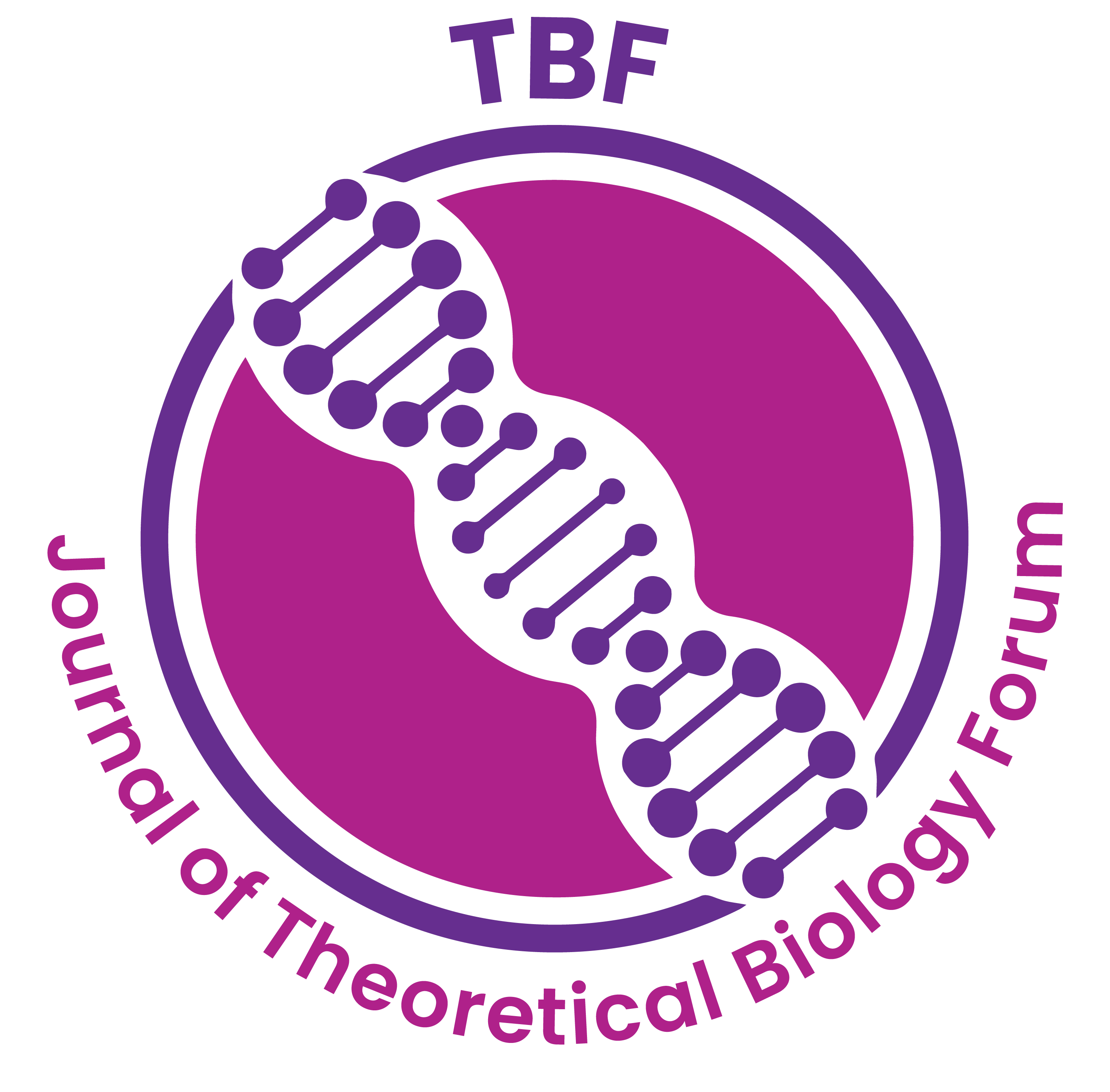Insights into the biochemical basis of pod shattering in common bean (Phaseolus vulgaris L.) from Western Himalayas
Samreen Fatima , Sujeela Rani , Sadiah Shafi , AaqifZaffar , Sajad M. Zargar , Parvaze A. Sofi
Abstract:
Pod shattering is the one of the important domestication syndromes. From an agricultural perspective, it is generally an undesirable process, and in common beans, pre-harvest shattering loss is the major form of yield loss by shattering. Thus, deciphering the physical, biochemical and genetic basis of pod shattering is important to unravel the mechanisms of parallel evolution and also because this will provide breeders with key information to manipulate this trait to reduce yield loss. There are only a few published records are available in common bean. In the present study a core set of 254 lines were evaluated for shattering response using Random Impact Apparatus. Based on the shattering response using a random impact assessment 40 contrasting lines were selected for biochemical analysis. Pod lignin content range from of 3.83 to 17. 08 mg/g, pectin content ranged from 5.17 to 29.44 per-cent. Cellulose ranged from 11.51 to 39.08 per-cent, whereas electrical conductivity ranged from 296.33 to 1012.15ds/cm. Among trait associations, shattering score was negatively correlated with various pod biochemical traits including cellulose (-0.453), followed by starch (-0.424), lignin (-0.323) and pectin (-0.187) with no substantial relationship with EC. Lignin, pectin, cellulose and starch content in bean pod were significantly higher in the resistant genotypes compared to susceptible genotypes, whereas a reverse relationship was observed in case of EC content. The results in this study suggested that the chemical analysis of dry pod shells may provide useful information on breeding and selection of the shattering-resistant cultivars in common beans.

